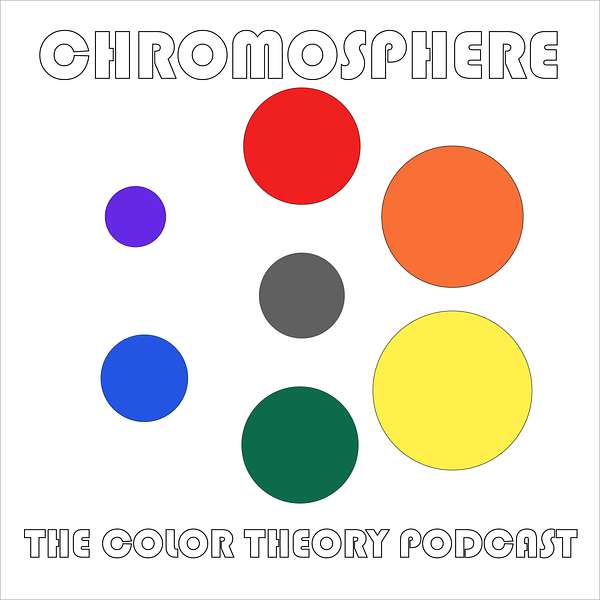
Chromosphere: The Color Theory Podcast
This podcast centers on my research and understanding of color, color usage, and optics as they relate to theories of human color perception in the making of visual art and design. By Ed Charbonneau, an artist (drawing & painting focus), and an adjunct faculty member in the Foundation, Fine Arts, and Creative Entrepreneurship Departments at the Minneapolis College of Art and Design, in Minneapolis, Minnesota, USA. (Content expressed does not reflect the views of the Minneapolis College of Art & Design)
Chromosphere: The Color Theory Podcast
Harmony part 2
Part 2 of 3. In this episode, I read the middle portion of an essay I have written, which could become a chapter in a future publication. (Read in three parts.)
Abstract:
This essay charts how the term harmony came to be used by European and North American artists, designers, and educators as a qualitative descriptor of color usage and design. Originating in metaphysics and philosophy in BCE Greece as a method to link the functioning of the five senses, including color vision, the concept entered into the vernacular of design via architecture during the Italian Renaissance. Throughout the 19th and early 20th Centuries, theorists and educators claimed the authority to define objective harmonies in color usage and design; forming methodologies that have been ubiquitous in practice over the past 100 years.
The final section of the essay, A New Canon, places the work of color theorists, Mary Gartside and Emily Noyes Vanderpoel in historical context so as to examine how their inclusion (and by extension, additional underrepresented color theorists and practitioners) may help us to understand how we may expand our contemporary approaches to color usage in all creative visual fields.